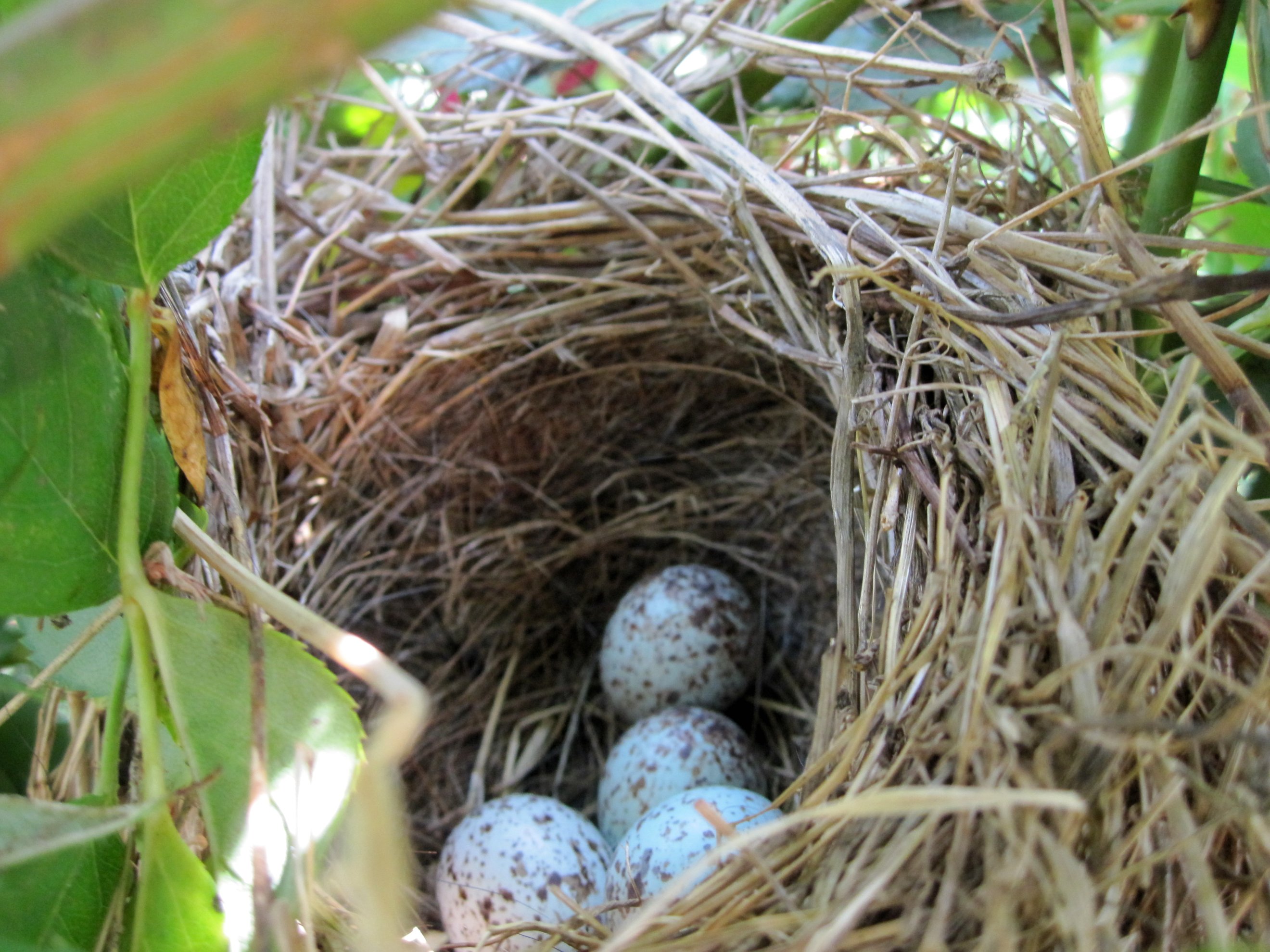Exploring your world: Who lays eggs?
What types of animals lay eggs?

The Michigan State University Extension science team’s goal is to increase STEM (science, technology, engineering and mathematics) literacy across Michigan. One way we increase interest in STEM is to provide information and ideas for engaging youth in the exploration of their world.
Have fun exploring eggs with youth. What kinds of animals lay eggs? Birds, like ducks, chickens or geese might be some of the answers. Challenge youth by asking, what other types of animals lay eggs? Frogs, snakes, turtles, fish and insects all lay eggs, too.
Next, ask youth if all eggs are laid in the same type of environment? Where do animals lay their eggs? Take a walk with youth and try to find places where animals might lay their eggs.
- Bird eggs are laid in a nest in a tree, on the ground, or other spaces where air circulates.
- Snake and turtle eggs are generally laid in moist ground.
- Frog and toad eggs are laid in ponds or other relatively still water.
- Fish lay eggs in a variety of aquatic environments.
- Insect eggs can be found almost everywhere.

Ask youth to think about how the shells of each of the different types of eggs are unique. Bird eggs have a harder shell that helps keep them from drying out. Turtle and snake eggs have a softer, leathery shell that must be kept moist, while frog eggs only have a gelatinous capsule for a shell and require water to keep them from drying out. Fish eggs are similar to frog and toad eggs, while insect eggs come in a variety of shapes, sizes and configurations.
To learn more about animal eggs, check out these additional resources:
- History of eggs from the University of Texas - To Egg or Not to Egg: That is the Evolutionary Question.
- Photos and information about insect eggs from the University of Wisconsin - Contemplating Insect Eggs.
- A fish egg activity page for kids from the University System of Maryland, Institute of Marine and Environmental Technology.
Enjoying hands on science activities is a wonderful way to spend time with youth! For more information about youth science activities, visit the MSU Extension 4-H STEM website and click on the Science Activities and Lesson Plans.



 Print
Print Email
Email




